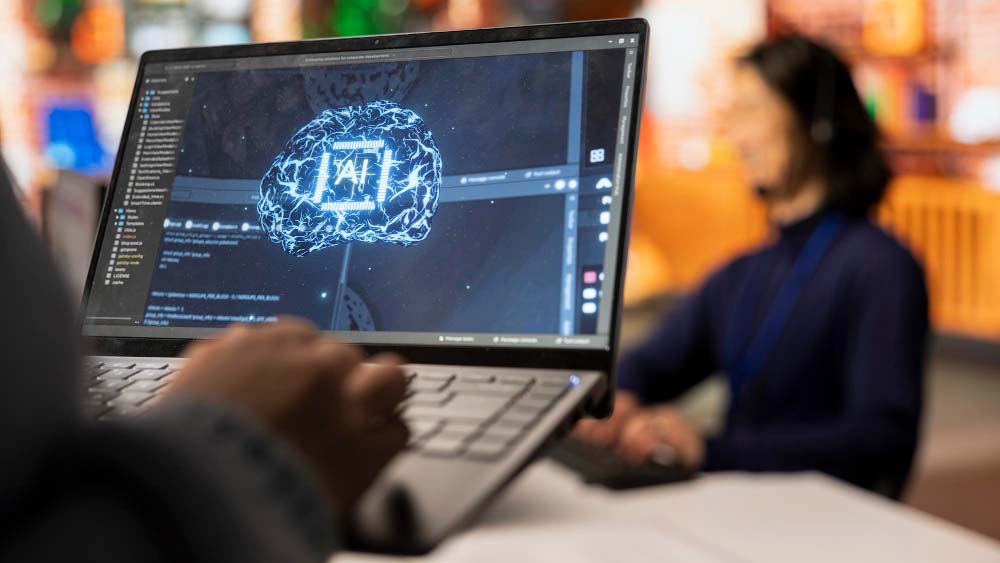Artificial Intelligence (AI) is revolutionizing cybersecurity, but not only intended for good people. Cybercriminals are increasingly using AI to create advanced, more scalable and devious attacks. From automating phishing scams to creating fake videos AI reduces the technical hurdles for criminals and making traditional security measures less efficient.
Let’s look at the ways that AI is being used in cyberattacks, and what it could mean for people and companies.
1. Smarter Phishing using AI
Phishing — the art of tricking people to reveal sensitive information has been used for decades. However, AI has taken it to a new level. Tools like Whisper 2FA, a Phishing-as-a-Service (PhaaS) platform, use real-time credential interception and mimic trusted platforms like Adobe or DocuSign to steal Microsoft 365 credentials and multi-factor authentication (MFA) tokens
.
AI allows attackers to personalize phishing emails by scraping profiles on social media and corporate websites. It allows attackers to create extremely convincing emails or messages that are more difficult to identify which makes them more likely get through.
2. Deepfakes as well Synthetic Media
Deepfake technology, that uses AI to produce realistic but fake audio, video as well as images, is used to attack cybercriminals. Hackers are able to impersonate executives and colleagues to fool employees into making transfers and changing passwords, as well as giving access to systems
.
For instance Scammers have employed AI-generated video to create fake hostage situations, or election interference videos.
.These fakes that look real can be employed to extort money, deceive information or even social engineering attacks.
3. AI Driven Malware and Ransomware
Traditional malware is predictable and static. AI-powered malware, such as the recently detected PromptLock ransomware, can be dynamic and resistant. PromptLock makes use of an locally hosted Large Language Model (LLM) to create unique scripts in real time and makes it more difficult for antivirus programs to recognize and analyse
.
This flexibility allows AI-driven malware to evade the heuristic method of detection, avoid tracking APIs and work on multiple platforms such as Windows, macOS, and Linux.
4. Vibe Hacking Cyberattacks Powered by AI
A new phenomenon known as “vibe hacking” involves the use of AI assistants such as Anthropic’s Claude to coordinate cyberattacks. Hackers with limited technical capabilities can utilize these AI tools to detect or generating malicious code and even ransom negotiation
.
For instance, a hacker employed Claude to create ransomware and market it on online forum sites, while another utilised it to take personal information and then extort it. These AI tools decrease the barriers to entry for hackers and make it easier for hackers to attack.
5. Prompt Injection: Manipulating AI Systems
Prompt injection is one type of attack that involves adversaries creating inputs that appear to be legitimate, however are designed to trigger undesirable actions inside AI models. This could lead to hacking, phishing information, false information, or denial of service attacks.
.
For instance, a hacker could inject malicious prompts into the language model in order to circumvent safeguards and alter the way it responds. This issue is becoming a major problem as AI systems are integrated with various applications.
6. State-sponsored AI Attacks
The nation-states are also using AI to carry out cyberattacks. Microsoft states that countries such as Russia, China, Iran as well as North Korea have significantly increased their use of AI to trick individuals online and carry out cyberattacks
.
They usually involve the creation of fake content, impersonating officials and misinformation. Utilizing AI lets these actors expand their operations and make their tactics more convincing.
What are you able to do?
While AI-powered threats are becoming more sophisticated There are ways to ensure your security and that of your company:
-
Implement MFA that is phishing-resistant Utilize biometric tokens or hardware tokens to safeguard against identity theft.
-
Train employees and train them to spot fakes created by AI and other suspicious communications.
-
Use AI-powered security software Implement systems that detect and deal with AI-driven security threats in real-time.
-
Keep up-to-date Make sure to regularly update your systems and software to fix weaknesses that could be exploited by malware that is driven by AI.
-
Monitor AI use Monitor the way AI tools are being utilized in your organization to guard against misuse.
AI is an effective tool, but as with all advanced tools is also susceptible to be misused. If we understand the ways hackers use AI and making proactive efforts to protect against threats to our security to better defend ourselves from cyber-attacks in the current world.








